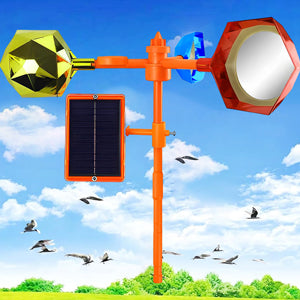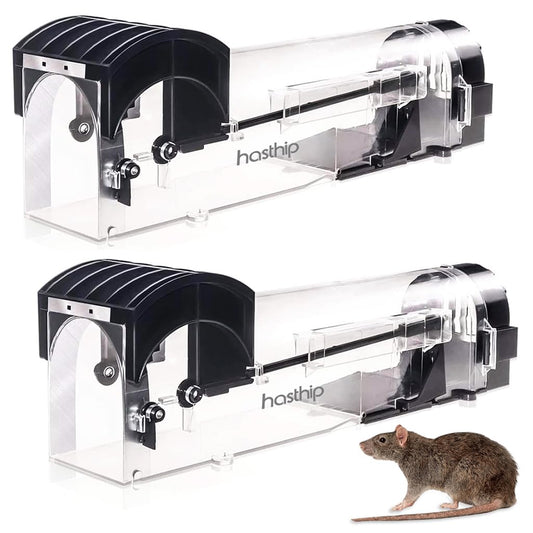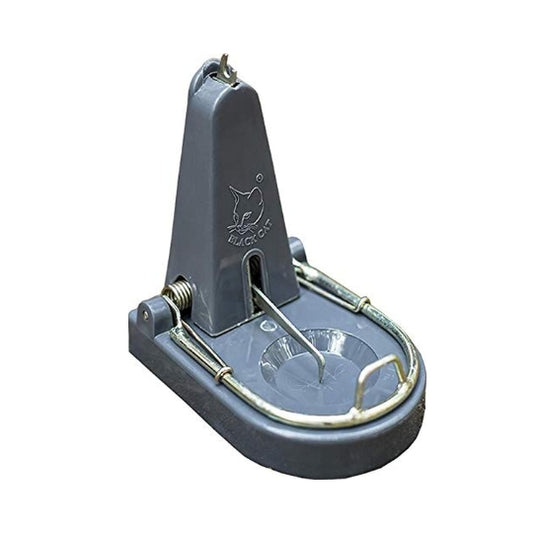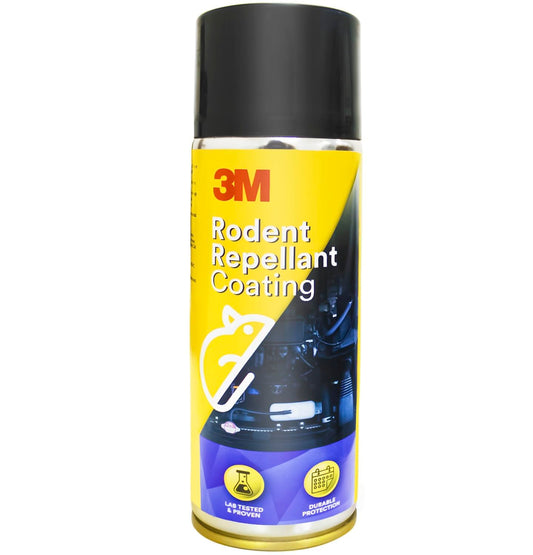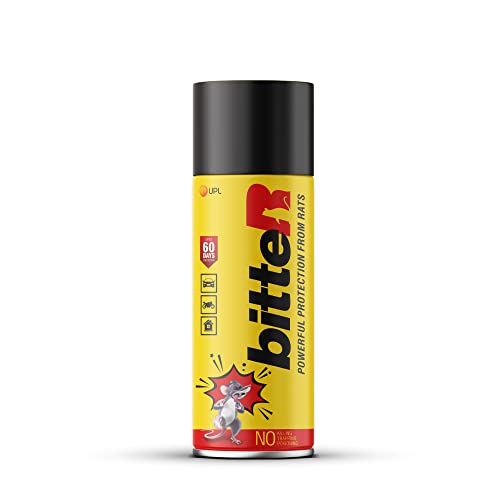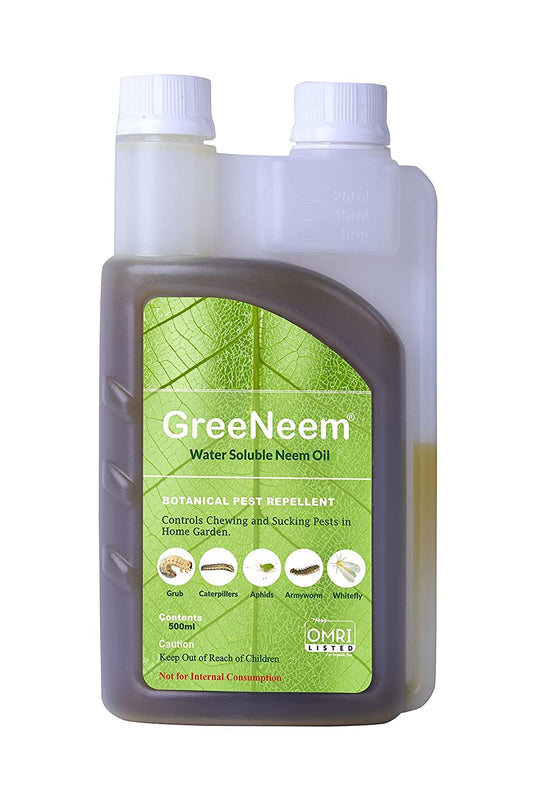
Guarding Your Harvest: Makshikari's Approach to Fruit Fly Management
Share
Makshikari is a fruit fly trap for control of the most notorious pest "Fruit fly" that affect several types of fruits. Fruit fly is common name for varous flies grouped under order diptera of class insecta. Economically important fruit flies are Bactrocera dorsalis (oriental fruit fly) & Bactrocera cucurbitae (melon fly).
Oriental fruit fly is a polyphagous fruit fly that can attack a wide variety of fruits and vegetables, including mangoes, papayas, guava, pomegranate, mosambi, orange and tomatoes. They can cause significant damage to crops, leading to economic losses for farmers.
Melon fly can cause 75% yield loss in Bitter gourd, Muskmelon, Snake gourd, Cucumber, Pumpkin, Watermelon, Bottle gourd, Ridge gourd, Sponge gourd, Squash and Tinda.
These pest are not easily controlled by pest control methods like pesticide, netting and parasitoids as their life cycle and reproduction are better equipped to by pass these methods of pest control. Life cycle of fruit fly can be divided into four stages: egg, larva, pupa, and adult.
The female fruit fly lays her eggs on ovary of flower, developing fruit or near ripe, decaying fruits and vegetables. Each female lays eggs on numerous fruits and as many as 2000 eggs are laied. The eggs are small and white, and can be difficult to see. After about 24 hours, the eggs hatch into larvae, also known as maggots. The larvae are small and white, and have a long, segmented body. The larvae feed on the decaying fruit or vegetable, and grow rapidly. After about 5-7 days, the larvae stop feeding and pupate. The pupa is a hard-shelled case in which the larva transforms into an adult. The pupae can develop between 4-6 days to 30-35 days. The adult fruit fly emerges from the pupa. The adult fruit fly is a small, flying insect with a brown to black body. Adults fly to find new territories and delpend on the sex pheromne for mating. The adult female fruit fly releases pheromones to attract male flies. She mates with few males and begins laying eggs within a few days of emerging. Depending on climate and food availability entire life cycle of a fruit fly takes about 20 to 100 days.
Makshikari fruit fly trap exploits the pheromone trap based reproduction. It contains and releases the pheromone for 45 to 60 days. Male flies get attracted towards trap and get killed inside. As female fly do not mate, fails to lay eggs. Thus Makshikari breakds down reproduction cycle of fruit fly and controls the poppulation.
Farmers and fruit garden owners can use Makshikari for monitoring of pest as well complete control of pest. There is no need to use pesticide spray for control of fruit fly. One trap can control fruit flies in an area of 5000 square feet. Hence, 15 traps are sufficient to control flies in one acer.
Makshikari is also used in kitchen gardens, polyhouses too. Kitchen gardners should install one trap every month for year round control where as polyhouses should install one trap for monitoring and increase traps if flies are found in monitoring tap.
Installation of Makshikari is very simple. Pouch contains lure wound with a wire. Carefully unwound the wire and pass it through the pin hole in bottom of the glass inside out. Secure the cap carefully and hang this assembly in desired crop, 3-4 feet from ground. Farmers usually prepare the assemblies of all trap at a time and then start installing them in field.
Makshikari is availalbe in all leading agri shops as well as online on Amazon and numerous other onlie marketplaces.
If you have ever used Makshikari, please comment your experience for fellow farmers to understand its results.
Oriental fruit fly is a polyphagous fruit fly that can attack a wide variety of fruits and vegetables, including mangoes, papayas, guava, pomegranate, mosambi, orange and tomatoes. They can cause significant damage to crops, leading to economic losses for farmers.
Melon fly can cause 75% yield loss in Bitter gourd, Muskmelon, Snake gourd, Cucumber, Pumpkin, Watermelon, Bottle gourd, Ridge gourd, Sponge gourd, Squash and Tinda.
These pest are not easily controlled by pest control methods like pesticide, netting and parasitoids as their life cycle and reproduction are better equipped to by pass these methods of pest control. Life cycle of fruit fly can be divided into four stages: egg, larva, pupa, and adult.
The female fruit fly lays her eggs on ovary of flower, developing fruit or near ripe, decaying fruits and vegetables. Each female lays eggs on numerous fruits and as many as 2000 eggs are laied. The eggs are small and white, and can be difficult to see. After about 24 hours, the eggs hatch into larvae, also known as maggots. The larvae are small and white, and have a long, segmented body. The larvae feed on the decaying fruit or vegetable, and grow rapidly. After about 5-7 days, the larvae stop feeding and pupate. The pupa is a hard-shelled case in which the larva transforms into an adult. The pupae can develop between 4-6 days to 30-35 days. The adult fruit fly emerges from the pupa. The adult fruit fly is a small, flying insect with a brown to black body. Adults fly to find new territories and delpend on the sex pheromne for mating. The adult female fruit fly releases pheromones to attract male flies. She mates with few males and begins laying eggs within a few days of emerging. Depending on climate and food availability entire life cycle of a fruit fly takes about 20 to 100 days.
Makshikari fruit fly trap exploits the pheromone trap based reproduction. It contains and releases the pheromone for 45 to 60 days. Male flies get attracted towards trap and get killed inside. As female fly do not mate, fails to lay eggs. Thus Makshikari breakds down reproduction cycle of fruit fly and controls the poppulation.
Farmers and fruit garden owners can use Makshikari for monitoring of pest as well complete control of pest. There is no need to use pesticide spray for control of fruit fly. One trap can control fruit flies in an area of 5000 square feet. Hence, 15 traps are sufficient to control flies in one acer.
Makshikari is also used in kitchen gardens, polyhouses too. Kitchen gardners should install one trap every month for year round control where as polyhouses should install one trap for monitoring and increase traps if flies are found in monitoring tap.
Installation of Makshikari is very simple. Pouch contains lure wound with a wire. Carefully unwound the wire and pass it through the pin hole in bottom of the glass inside out. Secure the cap carefully and hang this assembly in desired crop, 3-4 feet from ground. Farmers usually prepare the assemblies of all trap at a time and then start installing them in field.
Makshikari is availalbe in all leading agri shops as well as online on Amazon and numerous other onlie marketplaces.
If you have ever used Makshikari, please comment your experience for fellow farmers to understand its results.


